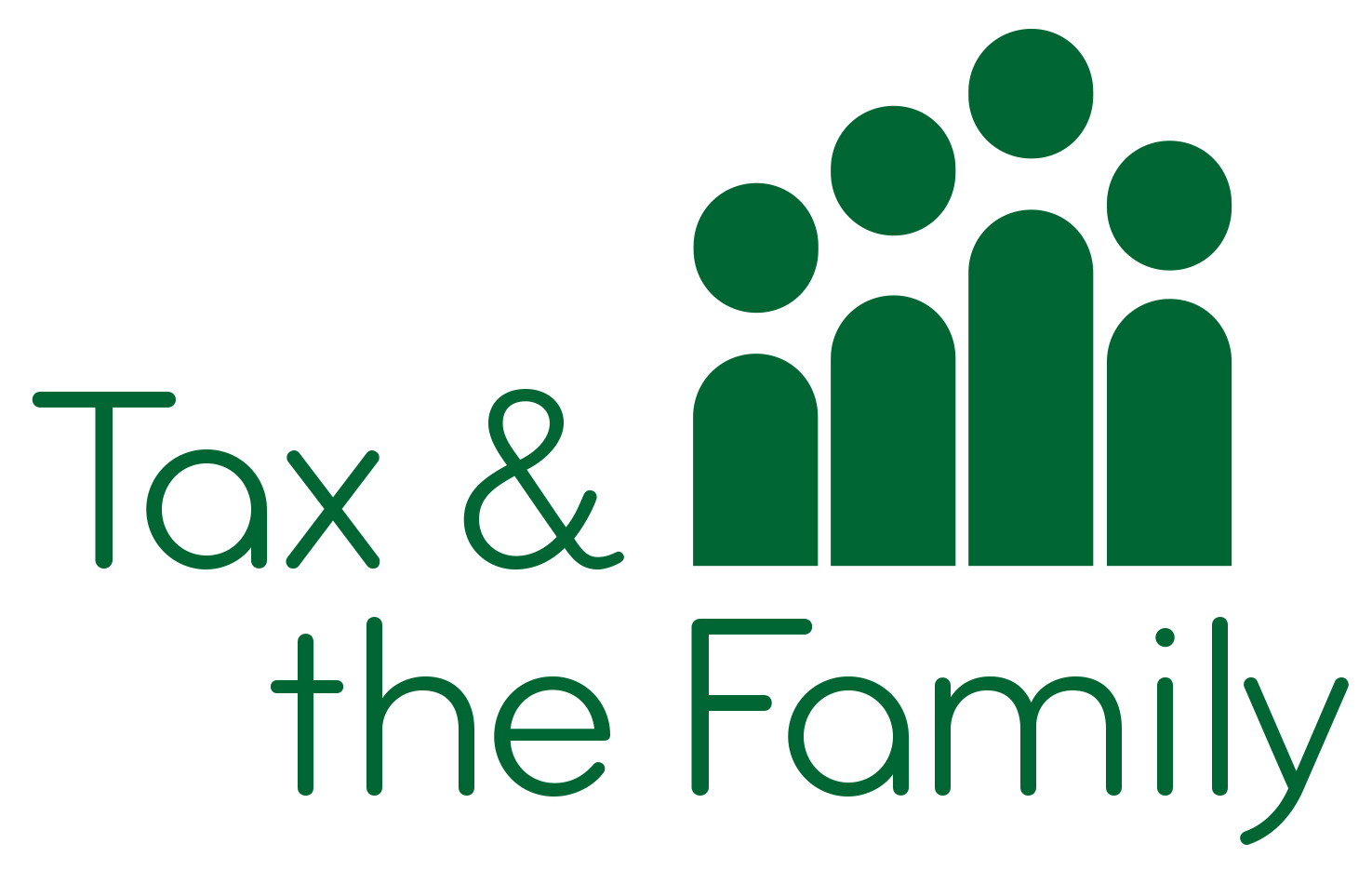The Link Between Earnings & Living Standards: Impact of the Income Tax System
The latest Government figures show that in order to enjoy the same standard of living some families have to earn more than twice as much as someone without children and pay almost five times as much income tax. Each year the Department of Work and Pensions (DWP) produce an analysis of household incomes. This show how families are faring – which are the better off households and which are the less well off. The figures for the tax year 2016/17 were released in March 2018. They tell us also about the number of households in poverty and how much income a household needs in order to be in the better off half of the population. In this paper we examine the 2016/17 figures and consider the tax policy implications.
The DWP figures are derived from the Family Resources Survey, a survey of more than 20,000 families. They provide by far the best information we have about the incomes of families. They need to inform tax policy. Successive Chancellors appear, however, to have largely ignored this data as many families who are less well off bear heavier income tax burdens than households who are better off. Families whose disposable income – the amount they have to live on – is so low that the Government regards them as being in poverty are nevertheless paying thousands of pounds in income tax.
Figures are published for income both before housing costs have been deducted (BHC)and after they have been deducted (AHC). In this paper we are using the AHC figures.There are a number of good reasons for this. AHC is a better indicator of living standards particularly as the BHC figures include housing benefits as income.
The DWP figures, unlike income tax, are based on household income, which means than in the case of a couple family the incomes of both adults are taken into account. The resulting figures are rescaled (‘equivalised’) to take account of family size and composition and so reflect their different financial needs – a family of four needs a higher income than a single adult without dependents to have the same standard of living. The income measured is net income i.e. income after deducting income tax, employee and self–employed National Insurance Contributions, and council tax and includes state benefits and tax credits. Commentators do not always make this clear, with the result that there is little understanding about how much a family needs to earn in order to be out of poverty or to be in the better-off half of the population. This leads to poor policy making.
